Fact or Fiction? The Top 10 Assumptions about Early Speech and Language Development
“It's okay, his dad was also a late talker”
“Don’t worry, he will surely talk in the future”
“This is normal, he's a boy”
“He's a bit late because he is using pacifier”
Ring a bell? Maybe it was about your child, student, nephew or just about anyone but the common theme was, “chill out. Stop worrying” or don’t do this or that. In this post we will be sharing the top 10 assumptions about speech and language development adapted from an article written by Lauren Lowry, Speech Language Pathologist from The Hanen Centre.
Below you’ll find some common assumptions about young children’s speech and language development, and the research that either backs them up or debunks them.
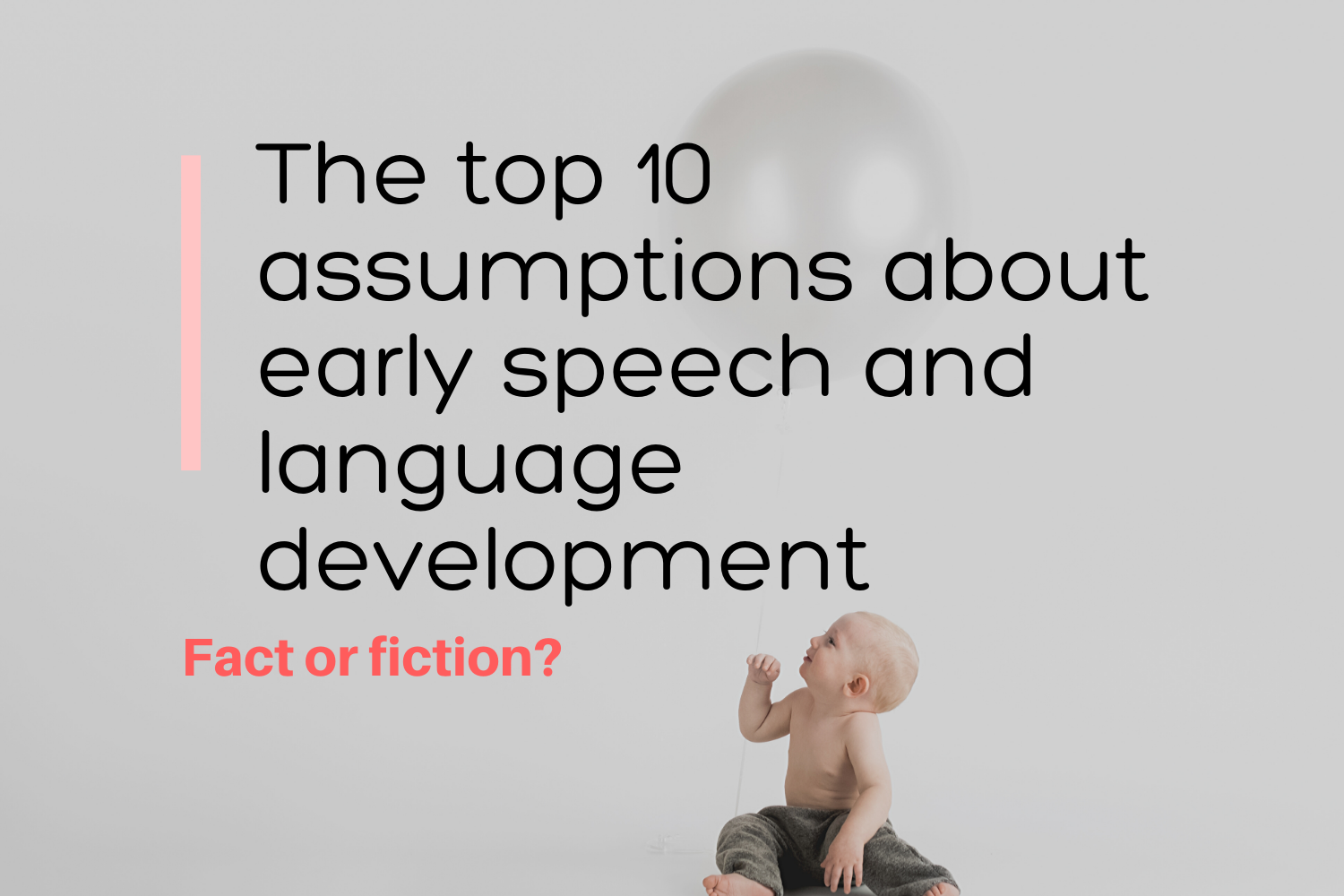
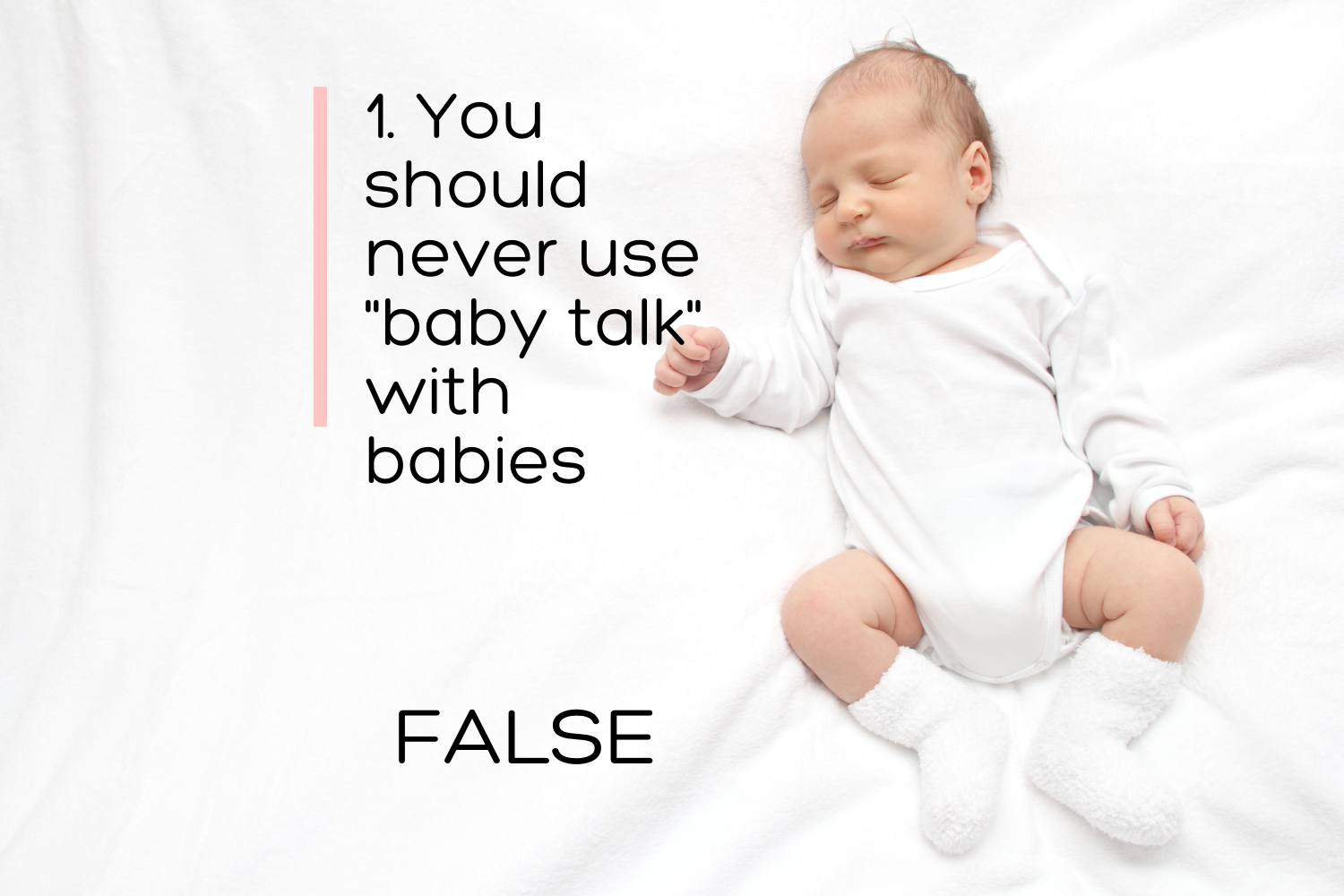
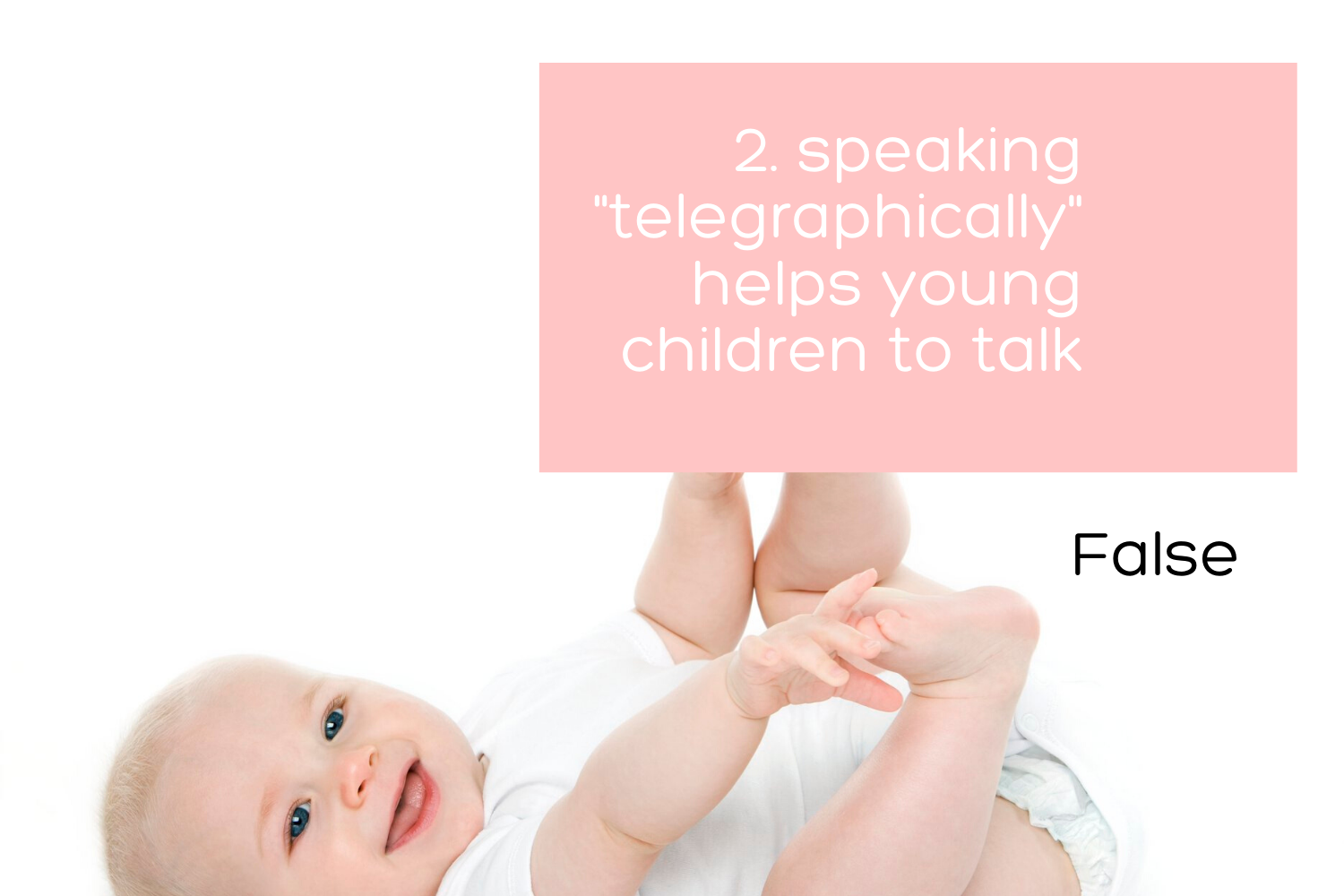
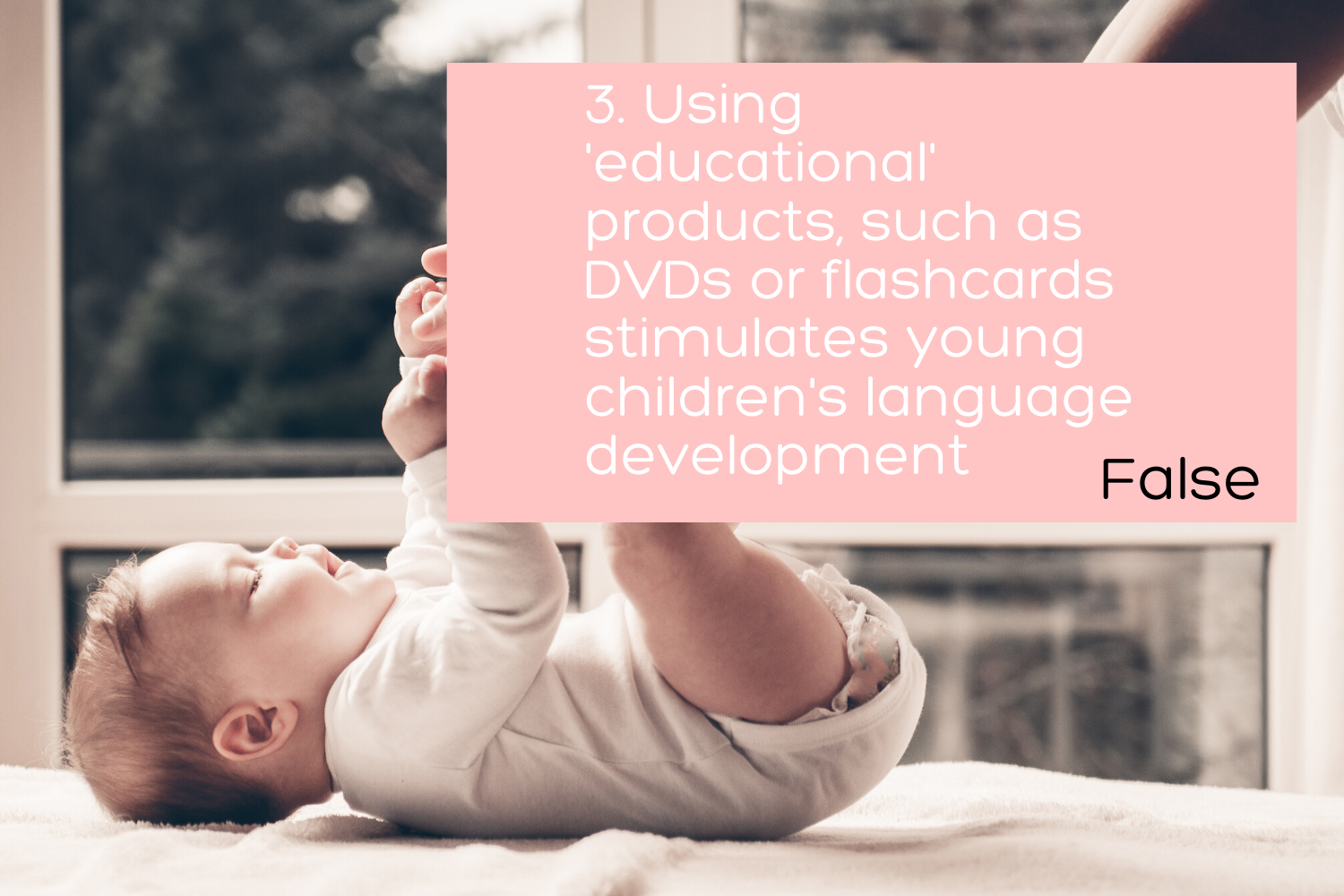
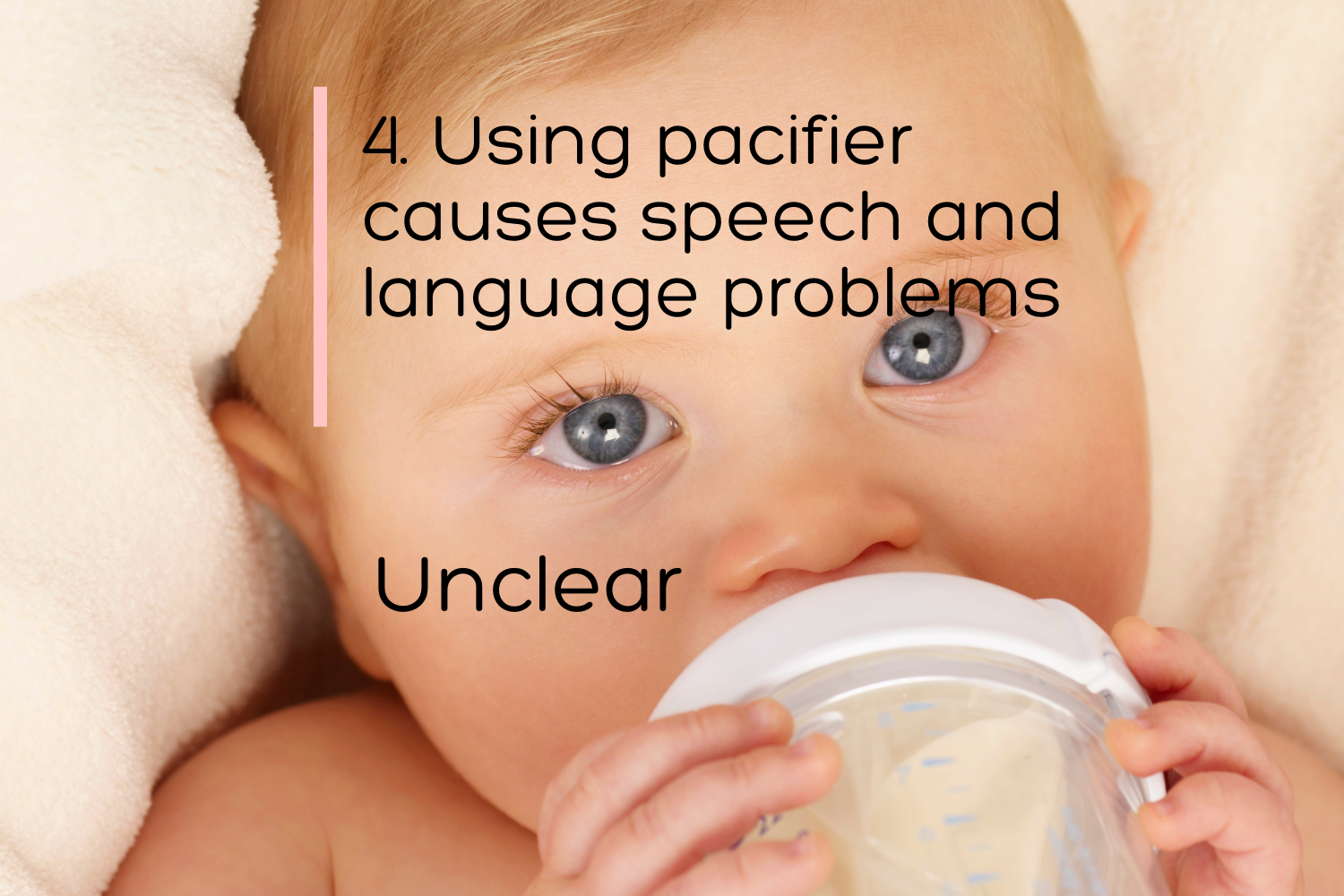
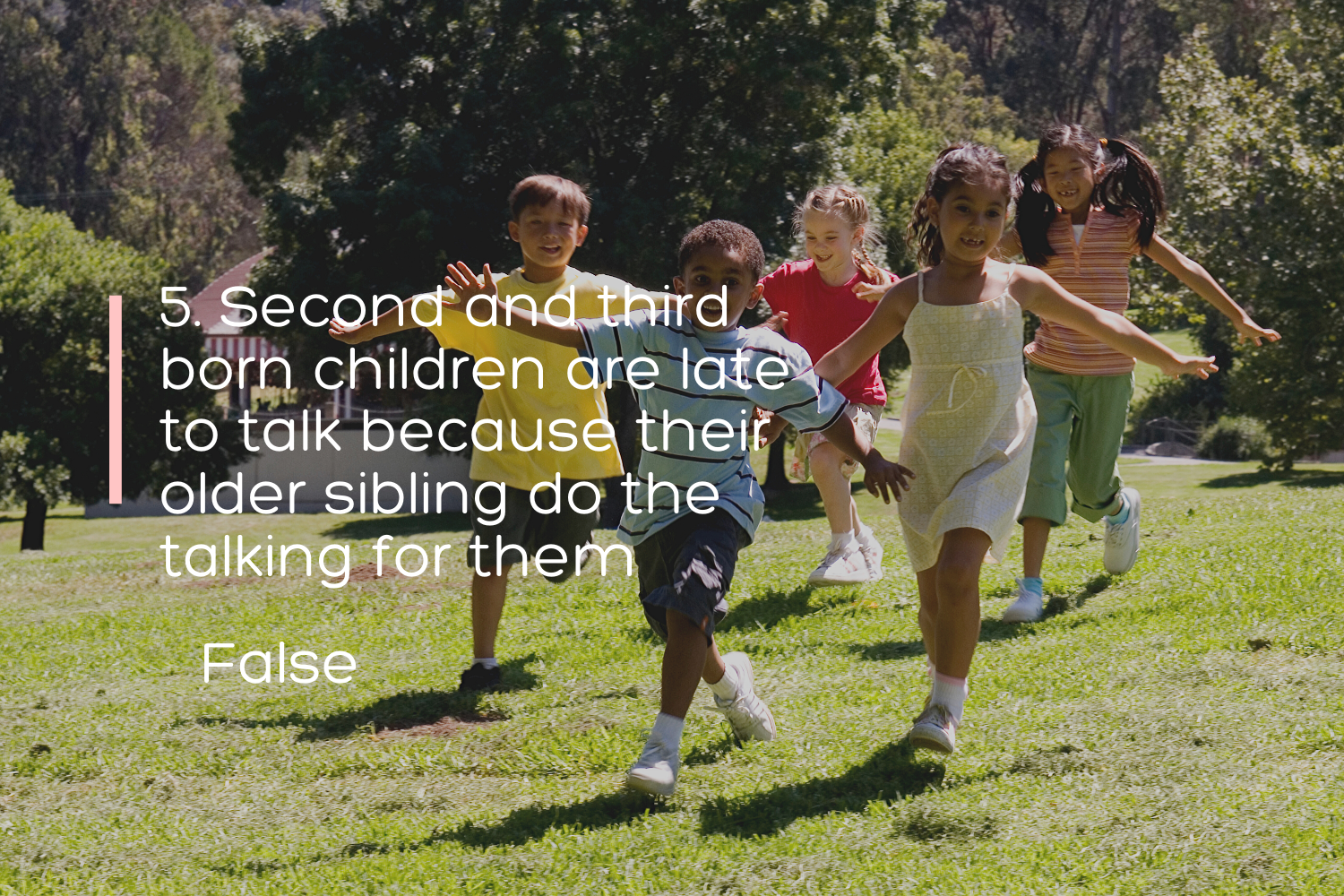
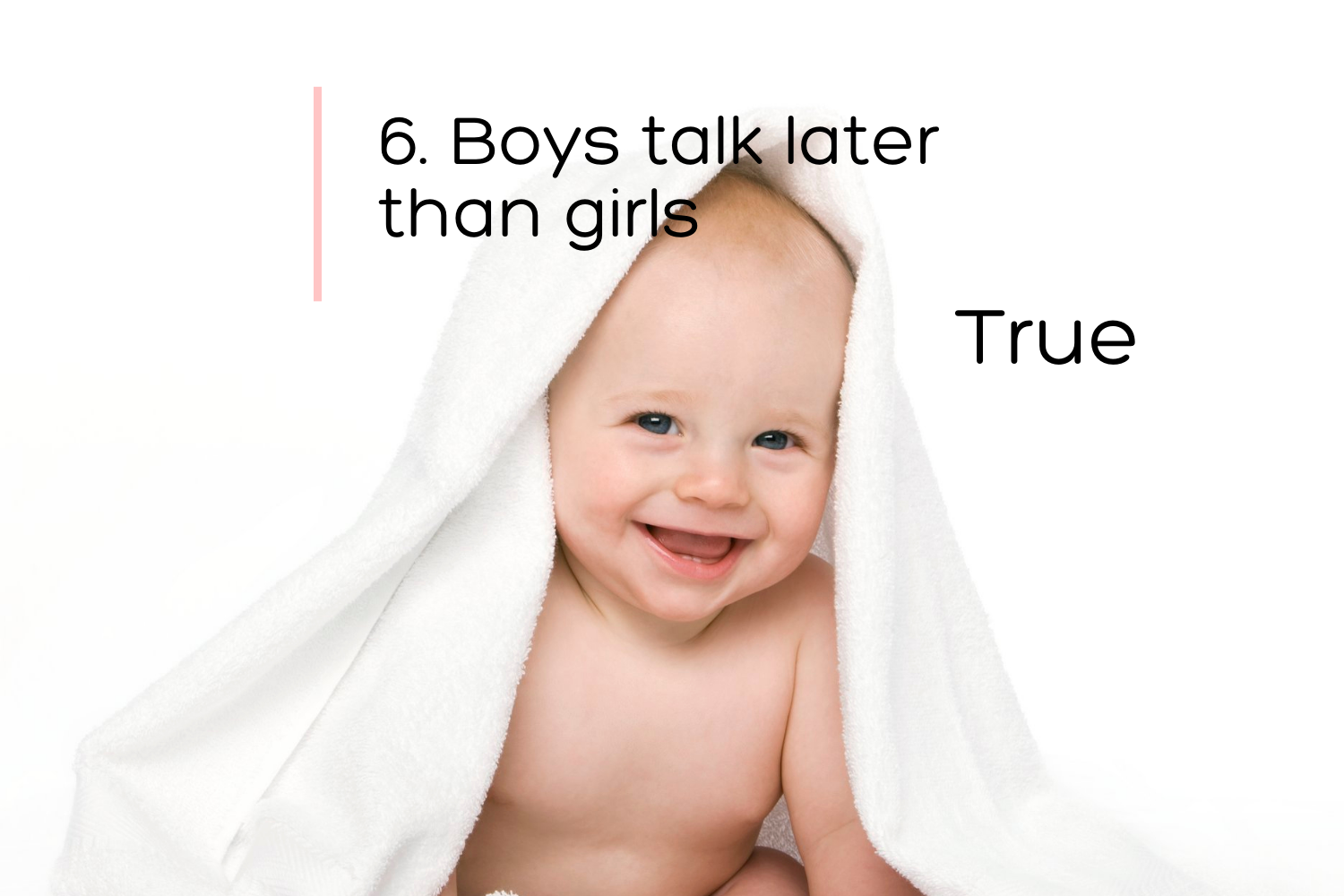
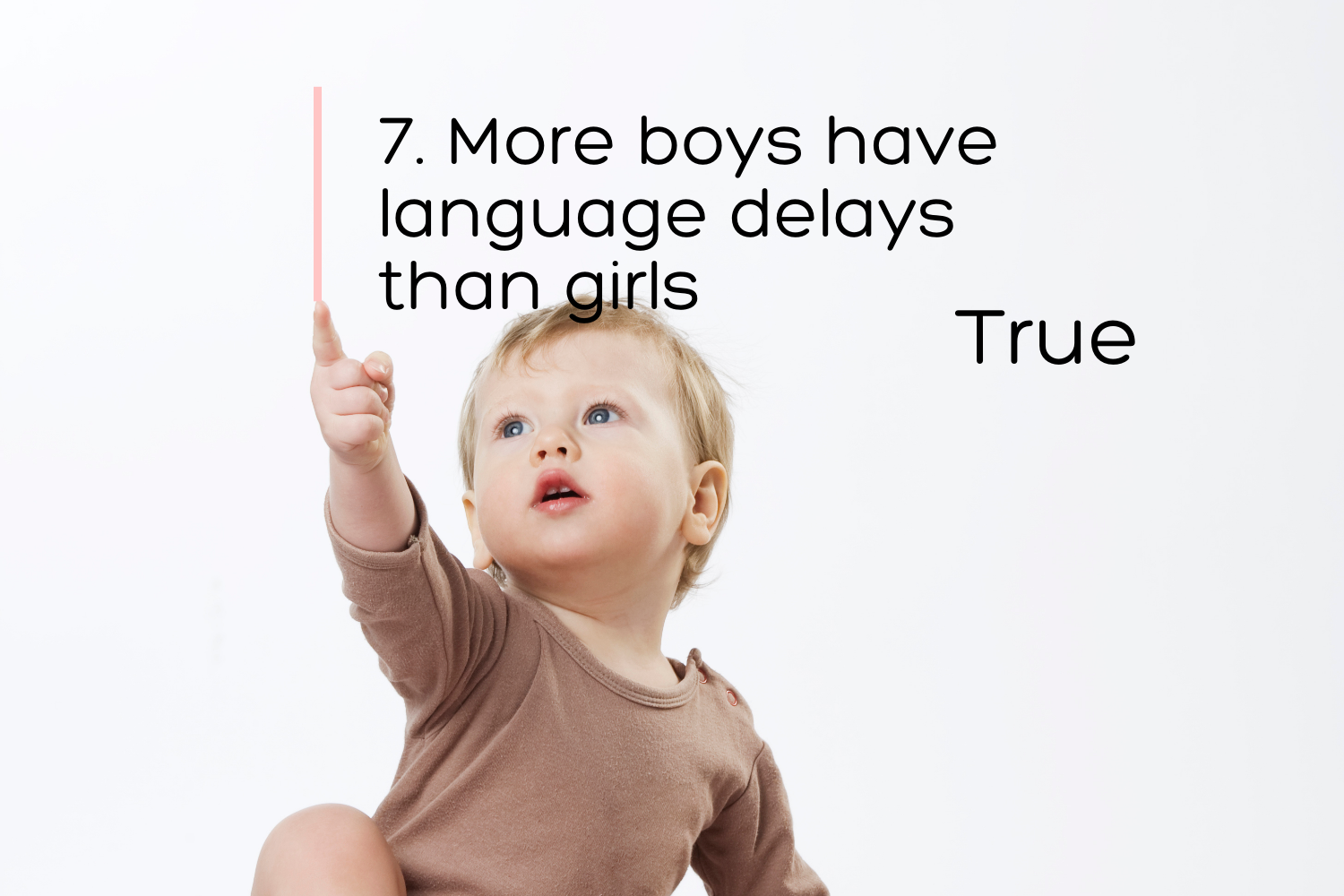
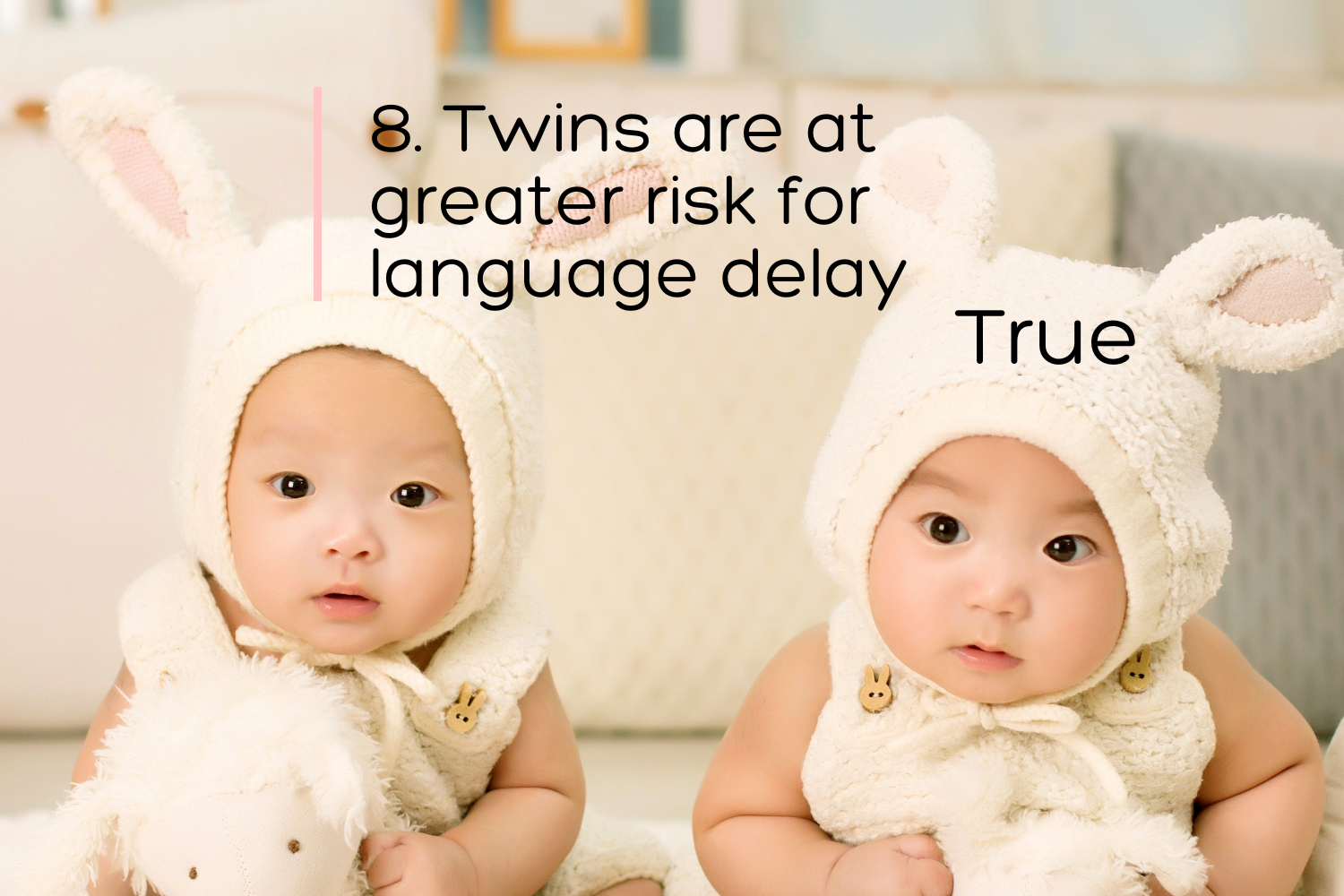
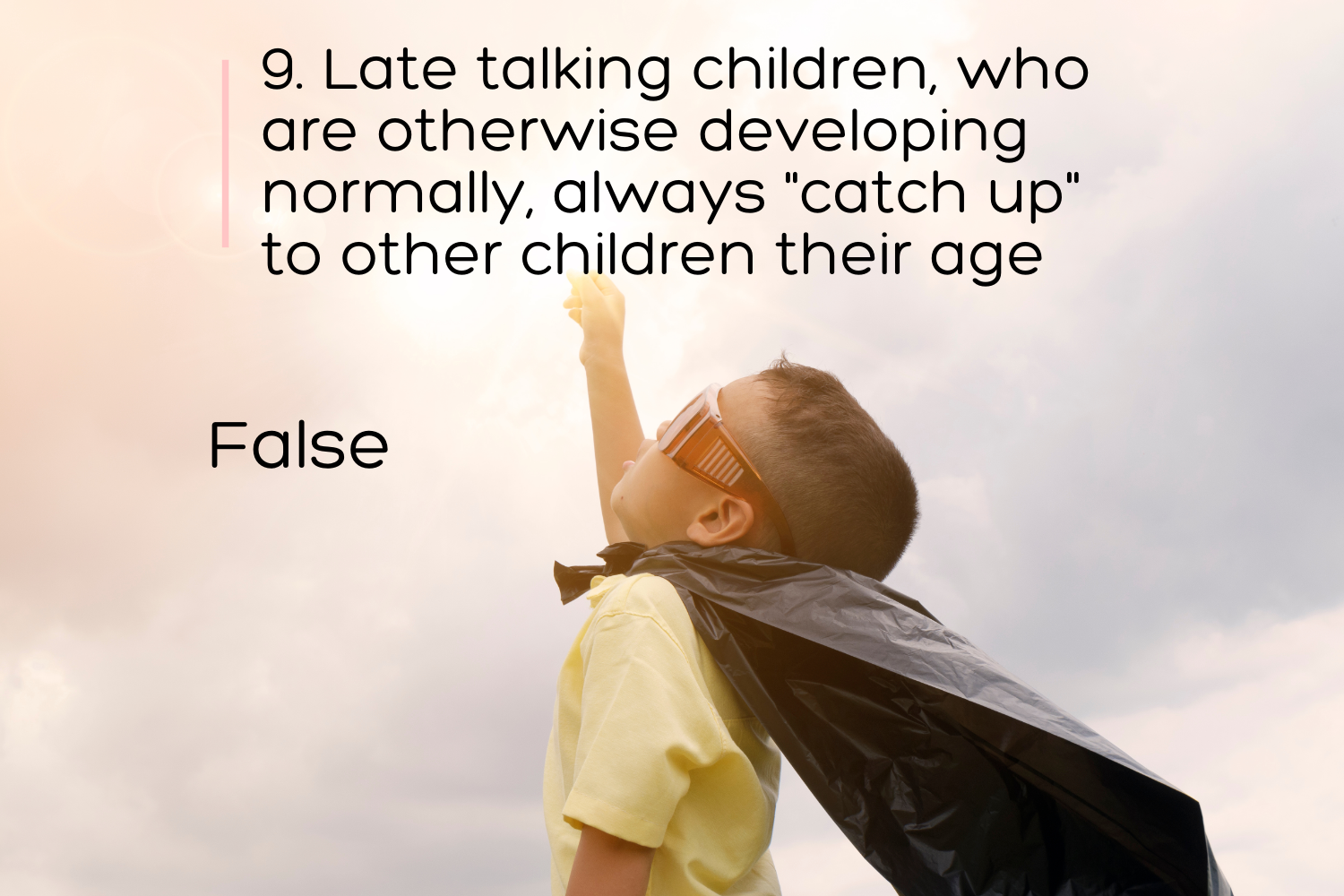
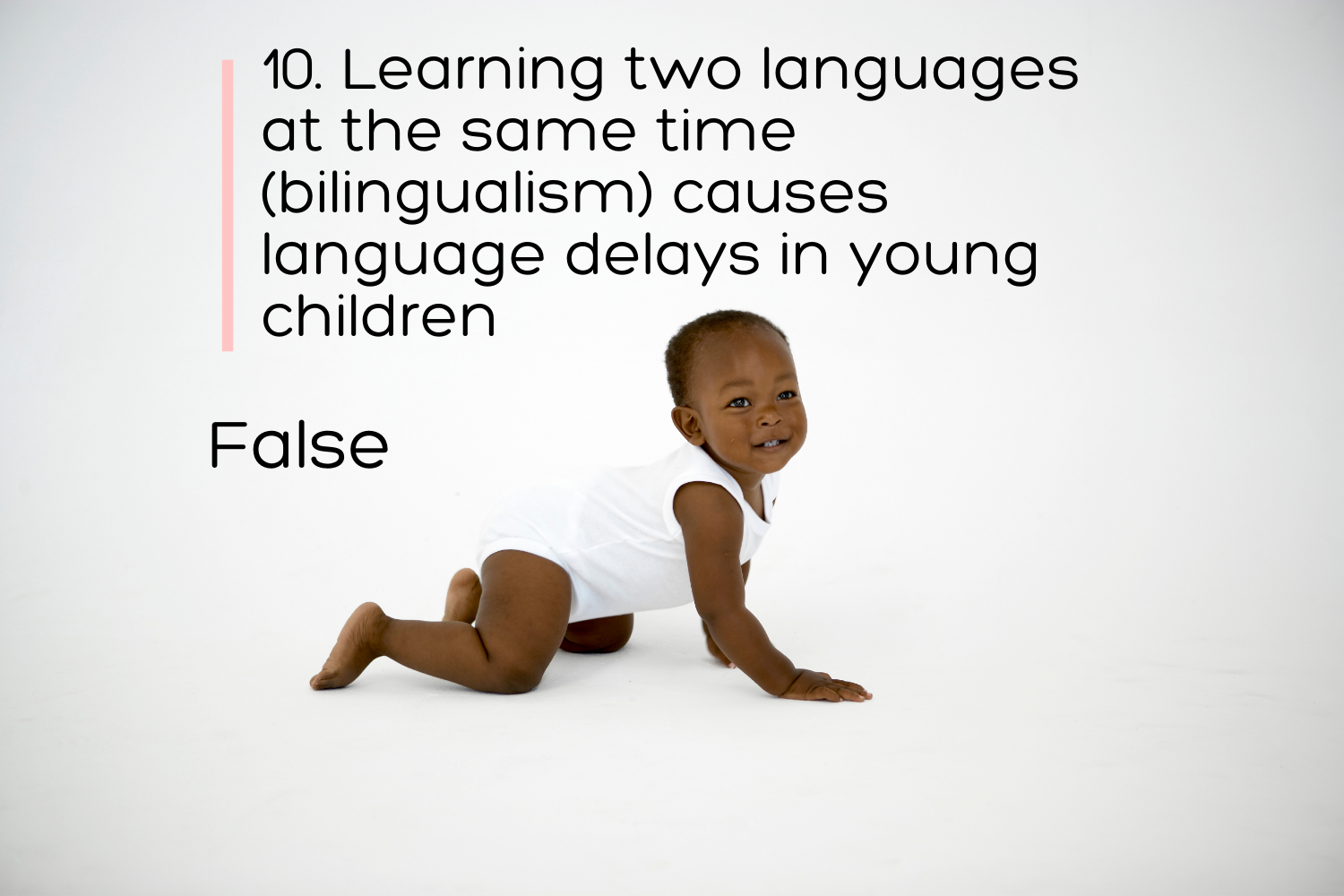
1. You should never use “baby talk” with babies
FALSE
Baby talk, also known as “motherese”, “parentese” or “infant-directed speech”, refers to the very recognizable speech patterns people use when speaking to babies. Baby talk has a higher-than-normal and more varied pitch, a slower rate of speaking, simpler vocabulary, lots of repetition, emphasis of important words, and exaggerated, positive facial expression. For example, “Are you looking at the light? D’you like that light? It’s a bright light!”
“Baby talk” makes it easier for babies to figure out how language works
It has been well-established that babies prefer “baby talk” as it helps them pay closer attention to speech, especially amidst background noise[1]. “Baby talk” makes it easier for babies to figure out how language works and which words are most important to the meaning of what’s being said[2].
This helps them learn what words mean and, in time, helps them learn to say words[3]. Therefore, don’t be afraid to use baby talk with your baby - it’s helping him tune in to you and what you are saying[4]!
2. Speaking “telegraphically” helps young children learn to talk.
FALSE
Telegraphic speech involves using only content words with little or no grammar. Examples of telegraphic speech include “Where coat?” (instead of “Where’s your coat?”), or “This Mama spoon” (instead of “this is Mama’s spoon”). Some people believe that telegraphic speech makes it easier for babies to learn to talk because it allows babies to hear only the important words in a sentence. But the experts disagree.
According to Marc Fey[5], PhD., Professor at the University of Kansas Medical Center, Department of Hearing and Speech, telegraphic speech may hinder children’s learning of grammar and word meanings as it deprives children of the helpful cues and information that come from grammatical speech. For example, babies realize that words that end in “–ing” are verbs, making it easier to figure out the word’s meaning.
So when you use “baby talk”, make sure it’s grammatical. Try to use short, simple phrases or sentences with proper grammar. A good rule of thumb when deciding if your sentence is appropriate is to think about whether you would say the same thing to an adult. If the answer is no, then you are probably using telegraphic speech.
3. Using “educational” products, such as DVDs or flashcards stimulates young children’s language development.
FALSE
While it can be tempting to purchase special products marketed as “educational” for young children, these products are not necessarily effective in helping children learn how to communicate.
Baby DVDs – several DVDs geared towards infants and very young children have been marketed in recent years, with the aim of promoting babies’ development, including their language skills. However, the research on such DVDs to date has not provided evidence that these products produce better language skills. In fact, these DVDs may be the cause of somewhat smaller vocabularies in children who spend more time watching them[6]. For more details, click here to read Hanen’s article “Educational DVDs: What Helps Babies Learn and What Doesn’t”.
Flashcards - Learning a new word from a flashcard teaches a child to say a word in response to a picture. This, however, does not mean that the child will understand the full meaning of the word or how to use it appropriately in real-life situations. New vocabulary has to be learned in meaningful interactions during everyday life and repeated many times before becoming part of a child’s vocabulary.
babies learn best through playful interactions with people who love them and had the following advice for parents about educational products, "Save your money! Play with your child"
— Source:Roberta Golinkoff, PhD., co-author of "Einstein Never Used Flash Cards: How Our Children Really Learn and Why They Need to Play More and Memorize Less [7]
4. Using a pacifier causes speech and language problems
UNCLEAR
The verdict on this issue may still be out. Prolonged pacifier use has been linked to dental problems[8] and increased ear infections[9], both of which can have a negative impact on speech and language learning. However, a couple of recent studies examining the speech (pronunciation) of children with prolonged pacifier use found different results. One study found no difference in the speech (pronunciation) of children who used a pacifier for a long period[10]. However, in 2010, another study found increased odds of speech disorders among children who used a pacifier for 3 or more years or sucked their fingers extensively[11].
While the verdict may still be out about this issue, most professionals would agree that a child's opportunities for babbling, imitating sounds, and engaging in conversations are reduced if she or he has a pacifier in the mouth much of the time[12]. Therefore, reducing pacifier use may be recommended by speech-language professionals[13].
5. Second- and third-born children are late to talk because their older siblings do the talking for them.
FALSE
Several studies have shown that the language development and skills of first-born and later-born children are similar. In fact, some studies have shown superior skills in later-born children in the areas of pronoun use and conversation skills[14]. One study showed that first-born children reach the 50-word milestone earlier, but that once children had reached the 50-word milestone, there were no differences between first- and later-born children[15]. So while older siblings often interrupt and talk for their younger siblings, this does not seem to have a negative impact on the younger sibling’s development.
6. Boys talk later than girls.
TRUE
It is true that boys produce their first words and sentences later than girls. However, these differences are only in terms of a matter of a few months. There is a normal range within which children acquire certain language milestones.
Girls tend to be on the earlier end, and boys on the later end, of this age range
— Seyda Özçalskan and Susan Goldin-Meadow (2010)
Therefore, boys are not actually delayed in their language development, just a little behind girls. So if a young boy is really lagging behind in his speech and language development, don’t assume that it’s because he’s a boy and that it’s perfectly normal. He may require some speech and language intervention.
7. More boys have language delays than girls.
TRUE
There are definitely more boys than girls with a variety of language difficulties. The incidence of language impairment is higher among boys than among girls, a ratio anywhere from 2:1 to 3:1[16]. The incidence of Autism in boys is also higher, four times more common in boys than girls[17].
8. Twins are at greater risk for language delay.
TRUE
In a review of the research regarding the development of twins, Karen Thorpe summarized the following in her 2006 article:
Twins, particularly male twins, have higher risk of language delay.
Language delay is usually mild and it seems to reduce by middle childhood.
There is great variation in language scores among twins[18].
Therefore, while not all twins have language delays, they are at greater risk for language delay.
9. Late talking children, who are otherwise developing normally, always “catch up” to other children their age.
FALSE
“if you are concerned about your toddler’s language development, don’t listen to people who tell you to “wait and see”
Research indicates that approximately 40-50% of children who are late to talk (who have typical skills in other areas) do not catch up on their own[19]. Late talkers who use few or no gestures seem to be at greater risk for a language delay that does not resolve itself[20]. Even when late talkers appear to catch up to other children their age, they are still at greater risk for difficulties with reading[21]. Therefore, if you are concerned about your toddler’s language development, don’t listen to people who tell you to “wait and see”. Consult a speech language pathologist since the earlier a child receives help, the easier it is to catch up, and the better the prognosis.
10. Learning two languages at the same time (bilingualism) causes language delays in young children.
FALSE
Children learning two languages at the same time will go through the same developmental patterns in both of their languages and at roughly the same time as children learning one language[22]. While the vocabulary of each individual language might be smaller when counted separately, the total vocabulary of bilingual children is comparable to monolingual children when both languages are taken into account[23]. Sometimes young children learning two languages mix words or grammar from their two languages, known as “code mixing” or “code switching”. This is very normal and does not indicate that the child is having difficulty with language learning. There may actually be benefits from bilingual language learning, as children who are fluent in two languages have strengths in “metalinguistic skills” (the ability to think about language), as well as in cognitive skills, such as attention[24].
Reference
1. Werker, Pegg & McLeod, 1994; Colombo, Frick, Ryther, Coldren, & Mitchell, 1995.
2. Fernald, A., Mazzie, C. (1991). Prosody and focus in speech to infants and adults. Developmental Psychology, 27(2), 209-221.
3. Colombo, J., Frick, J.E., Ryther, J.S., Coldren, J.T., Mitchell, D.W. (1995). Infants’ detection of analogs of ‘‘motherese’’ in noise. Merrill-Palmer Quarterly, 41(1), 104-113.
4. Weppelman, T., Bostow, A., Schiffer, R., Elbert-Perez, E., Newman, R. (2003). Children’s use of the prosodic characteristics of infant-directed speech. Language & Communication, 23, 63-80.
5. Fey, M. (2008) The (mis-)use of telegraphic input in child language intervention. Revista de Logopedia, Foniatría y Audiología 2008, Vol. 28, No. 4, 218-230
6. University of Washington. (2007, August 7). Baby DVDs, Videos May Hinder, Not Help, Infants’ Language Development. Retrieved from http://www.washington.edu/alumni/uwnewslinks/200709/videos.html
7. Golinkoff, R. WebMD Live Events Transcript “Baby Talk: Communicating with Your Child - 10/2/2003”, medicinenet.com
8. American Academy of Pediatric Dentistry, 2003.
9. Niemelä M, Uhari M, Möttönen M. (1995). “A pacifier increases the risk of recurrent acute otitis media in children in day care centers.” Pediatrics 5 Pt 1, 884-8.
10. Shotts, L., McDaniel, M., Neeley, R. (2008). The Impact of Prolonged Pacifier Use on Speech Articulation: A Preliminary Investigation. Contemporary Issues In Communication Sciences and Disorders, 35, 72-75.
11. Barbosa, C., Vasquez, S., Parada, M., Velez Gonzalez, J.C., Jackson, C., Yanez, N.D., Gelaye, B., & Fitzpatrick, A. (2009). The relationship of bottle feeding and other sucking behaviors with speech disorder in Patagonian preschoolers. BMC Pediatrics 9:66
12. Rovers, M., Numans, M., Langenbach, E., Grobbee, D., Verheij, T., Schilder, A.(2008). Is pacifier use a risk factor for acute otitis media? A dynamic cohort study. Fam Pract. 25(4):233-6
13. Adair, S. (2003). Pacifier Use in Children: A Review of Recent Literature. Pediatric Dentistry, 25: 449-458.
14. Oshima-Takane, Y., Goodz, E., Derevensky, J. (1996). Birth Order Effects on Early Language Development: Do Second Born Children Learn from Overheard Speech? Child Development. 67; 2: 621-634; Erika Hoff-Ginsberg (1998). The relation of birth order and socioeconomic status to children's language experience and language development. Applied Psycholinguistics, 19, pp 603-629.
15. Berglund, Eriksson M., and Westerlund M. (2005). Communicative skills in relation to gender, birth order, childcare and socioeconomic status in 18-month-old children. Scandinavian Journal of Psychology, 46, 485-491.
16. Choudhury, N., & Benasich, A. (2003). A family aggregation study: the influence of family history and other risk factors on language development. Journal of Speech, Language, and Hearing Research, 46(2) 261.
17. Autism Society of Canada website: www.autismsocietycanada.ca
18. Thorpe, K. (2006). Twin children's language development. Early Human Development, 82(6), 387-395.
19. Paul, R. (1991). Profiles of Toddlers With Slow Expressive Language Development. Topics in Language Disorders, 11(4): 1-13.
20. Özçalskan, S., & Goldin-Meadow, S. (2010). Sex differences in language first appear in gesture. Developmental Science, 13(5), 752-760.
21. Rescorla, L. (2005). Age 13 Language and Reading Outcomes in Late-Talking Toddlers. Journal of Speech, Language, and Hearing Research, 48(2): 459-472.
22. American Speech-Language-Hearing Association website, “Learning Two Languages” & “Acquiring English as a Second Language What's "Normal," What's Not”, asha.org
23. Marchman, V., Fernald, A., & Hurtado, N. (2010). How vocabulary size in two languages relates to efficiency in spoken word recognition by young Spanish-English bilinguals. J. Child Lang., 37, 817-840.
24. Genesee, F. (2009). Early childhood bilingualism: Perils and possibilities. Journal of Applied Research on Learning, Vol. 2, Special Issue, Article 2.











